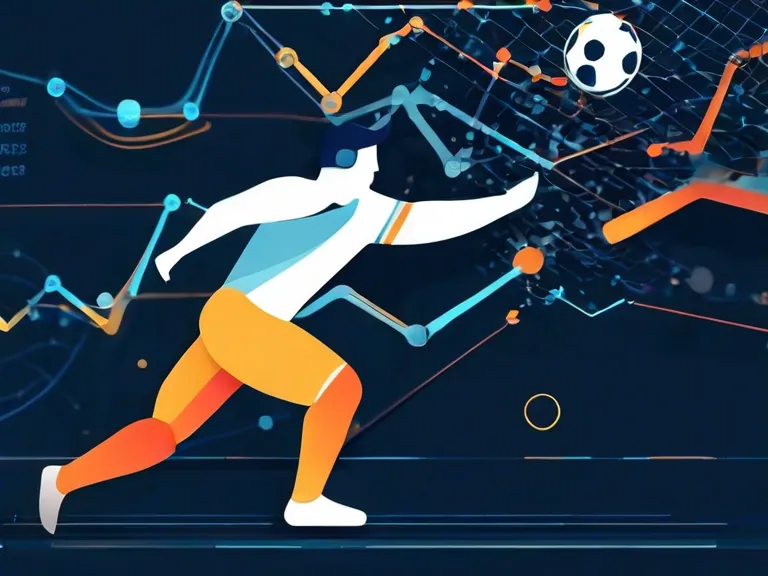
In today's data-driven world, visualization plays a crucial role in making sense of complex datasets. Recent advances in data visualization tools and techniques have not only made it easier to represent data but also provide better insights for decision-making. From interactive dashboards to advanced algorithms, there are various tools available that can help transform raw data into meaningful visuals. In this article, we will explore some of the recent advancements in data visualization and how they are shaping the way we analyze and interpret data.
One of the key trends in data visualization is the rise of interactive dashboards. These tools allow users to explore data in real-time, adjust parameters, and drill down into specific data points. Platforms like Tableau and Power BI have become popular choices for creating interactive visualizations that can be shared across teams and departments. This level of interactivity not only makes data more engaging but also enables users to gain deeper insights into the data.
Another notable advancement is the use of machine learning and artificial intelligence in data visualization. These technologies can help automate the process of creating visualizations, identify patterns in data, and even suggest the best visualization techniques based on the data being analyzed. This not only saves time but also ensures that data is presented in the most effective way possible.
In addition to interactive dashboards and AI, advancements in data visualization also include the use of augmented reality (AR) and virtual reality (VR). These technologies take data visualization to a whole new level by allowing users to immerse themselves in the data and interact with it in a three-dimensional space. This can be particularly useful for complex datasets or for training purposes where a hands-on approach is required.
As data continues to grow in both volume and complexity, the need for advanced data visualization tools and techniques will only increase. By harnessing the power of interactive dashboards, machine learning, and AR/VR, organizations can gain deeper insights from their data and make more informed decisions. The future of data visualization is indeed bright, and these recent advancements are just the beginning of what is possible.



